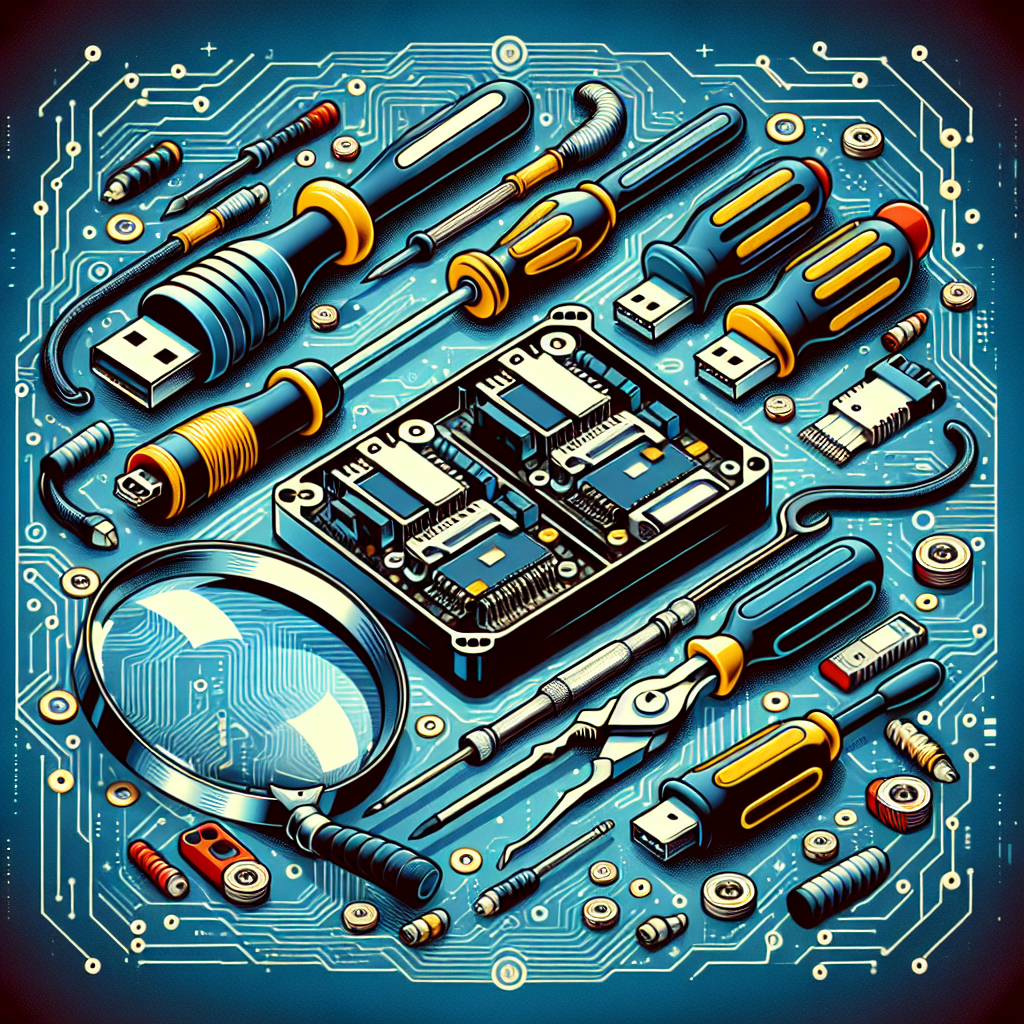SATA (Serial ATA) is a popular interface used for connecting storage devices such as hard drives and SSDs to a computer. While SATA is generally reliable, there can be issues that arise from time to time that may prevent the storage device from functioning properly. In this article, we will discuss some common SATA troubleshooting tips and solutions to help you resolve any issues you may encounter.
1. Check the SATA cable: One of the most common issues with SATA devices is a faulty or loose SATA cable. Make sure the cable is securely connected to both the storage device and the motherboard. If the cable appears to be damaged, replace it with a new one.
2. Check power connections: In addition to the SATA cable, make sure the power connections to the storage device are also secure. If the device is not receiving power, it will not be able to function properly.
3. Update drivers: Sometimes outdated or corrupt drivers can cause issues with SATA devices. Make sure your motherboard’s chipset drivers are up to date, as well as the drivers for the storage device itself.
4. Check BIOS settings: In some cases, the SATA device may not be recognized by the BIOS due to incorrect settings. Make sure the SATA port is enabled in the BIOS settings and set to the correct mode (AHCI or IDE).
5. Test the device on another computer: If you are still experiencing issues, try connecting the SATA device to another computer to see if the problem persists. This will help you determine if the issue is with the device itself or the computer.
6. Check for physical damage: Inspect the SATA device for any physical damage such as bent pins or water damage. If the device appears to be damaged, it may need to be replaced.
7. Run diagnostics: Many storage device manufacturers offer diagnostic tools that can help you troubleshoot potential issues with the device. Run a diagnostic test to identify any problems and potentially fix them.
8. Reset the device: Sometimes a simple reset can resolve issues with SATA devices. Turn off the computer, disconnect the SATA device, and then reconnect it after a few minutes. Turn the computer back on and see if the issue is resolved.
By following these common SATA troubleshooting tips and solutions, you should be able to resolve any issues you may encounter with your storage device. If the problem persists, it may be time to seek professional help or consider replacing the device.


Leave a Reply